|
|
|
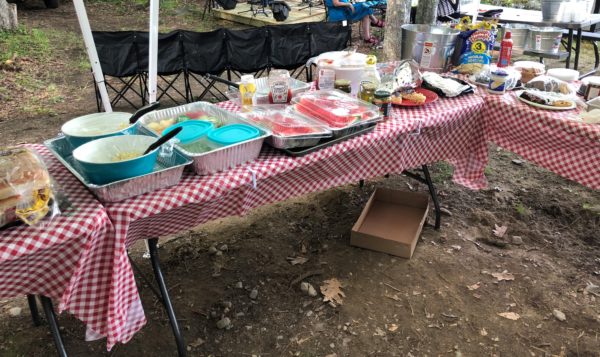
|
|
|
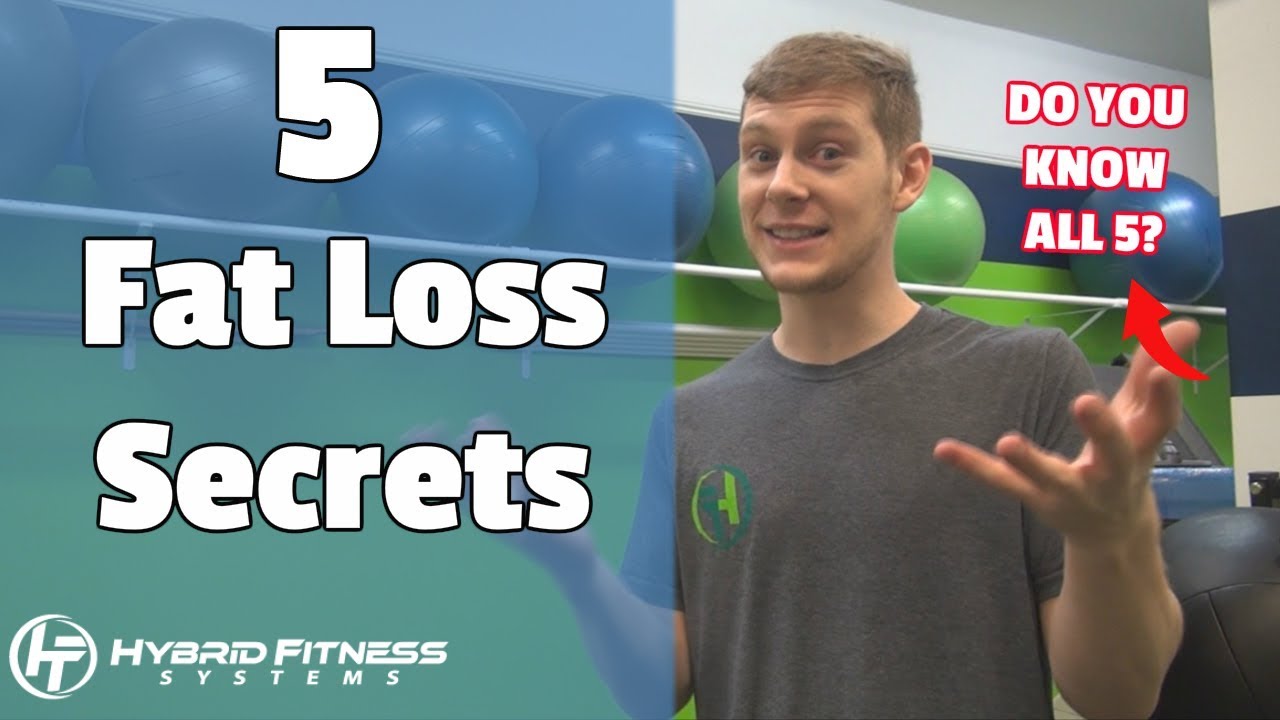
This Video Goes over my 5 “Secrets” to Fat Loss.
These secrets fall under 3 categories:
1. Exercise
2. Proper Nutrition
3. Mindset
If you know the daily actions of what you need to do within those 3 categories, you can progress towards your goals!

I know some of you are currently using weight watchers, or are atleast thinking about using it to reach your fitness goals!
That’s why I just put this quick video together for you on the TOP 3 Tips you need to know to be successful with the new point system.
These tips will show you how to feel empowered at the end of the day with left over points vs feeling defeated and Hungry.
Don’t be HANGRY anymore with weight watchers and check out these 3 tips!

Change. It’s the obvious topic of conversation this time of year. We get a little nostalgic, reflective, and there’s a certain romance to the falling leaves and the amber hued palate of autumn. Many of us are resistant to it. We grumble at the disruption of routine or we dread the uncertainty, while others thrive on the excitement and challenges of new experiences. Love it or dread it, change happens. With the dramatic fall colors, it’s hard not to talk about the unavoidable and gorgeous change in landscape. I’ve never met anyone who didn’t love our fall colors. When I’m faced with any change I try to look for the gilded leaves in the landscape.
One thing that also changes with the season is our nutrition. There are many subtle cues that can be heard. Can you identify different cravings or sleep patterns recently? Have your activity levels altered and therefore your micro and macro nutrients needs are different? As we spend fewer hours in natural daylight during these shorter days, our bodies are deprived of vitamin D, which for some of us might cause fatigue. This is a worthwhile cue to heed. Take inventory of these cues and see how best to support these needs.
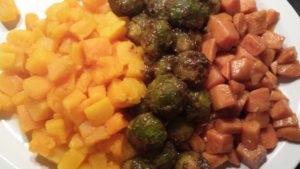 Change makes its way to the dinner table in more ways than just conversation. One thing I get excited about is the menu change this time of year. There is an abundance of root vegetables at the market, and there are good reasons to embrace them. Squash, rutabaga, parsnips, sweet potatoes, turnips, etc. Give them a second glance and consider these benefits:
Change makes its way to the dinner table in more ways than just conversation. One thing I get excited about is the menu change this time of year. There is an abundance of root vegetables at the market, and there are good reasons to embrace them. Squash, rutabaga, parsnips, sweet potatoes, turnips, etc. Give them a second glance and consider these benefits:
Reasons to eat for the season:
1. Flavor – fruits and veggies that are freshly picked have more flavor. A recent harvest yields a plate full of scrumptious bites, as opposed to bland off season options.
2. Nutrition – plants deliver some of the vital nutrients during the final stages of ripening. Don’t short change your dinner and your body with items that were picked two weeks ago and have been packed in a crate for shipping. Choosing fooods that are in season locally when you can, insures a more nutrient dense choice.
3. Economics – foods that are in season are abundant. It is simply a matter of supply and demand. One precious peach shipped off season from far away is going to command a higher price.
4. Variety – cooking and eating seasonally gives you an opportunity to try new recipes, supporting your body with a variety of nutrients.
5. Seasonal needs – our bodies have different needs at different times. Summer fruit helps hydrate us. Spring greens help heal and detox us. And who doesn’t love a ruby red grapefruit in February to ward off the seasonal cold with a blast of vitamin C?
So, stop and listen to your nutrition cues as we transition through the seasons. Your body is likely telling you it is time for change.
 Coincidentally, as I write this I am literally flying over the Rocky Mountains. I recall the thrill and terror of leaving everything I knew to move to these amazing hills more than 20 years ago and the thrill and terror of leaving them when I moved to Maine. Those were two of the biggest changes in my life. As with any change, big or small, I listened to the cues and hints to know what my body needed to support it. More rest? Different exercise? Other foods? This time of year, make a healthy batch of potato leek soup, embrace the change, and enjoy the gilded leaves of a different landscape.
Coincidentally, as I write this I am literally flying over the Rocky Mountains. I recall the thrill and terror of leaving everything I knew to move to these amazing hills more than 20 years ago and the thrill and terror of leaving them when I moved to Maine. Those were two of the biggest changes in my life. As with any change, big or small, I listened to the cues and hints to know what my body needed to support it. More rest? Different exercise? Other foods? This time of year, make a healthy batch of potato leek soup, embrace the change, and enjoy the gilded leaves of a different landscape.
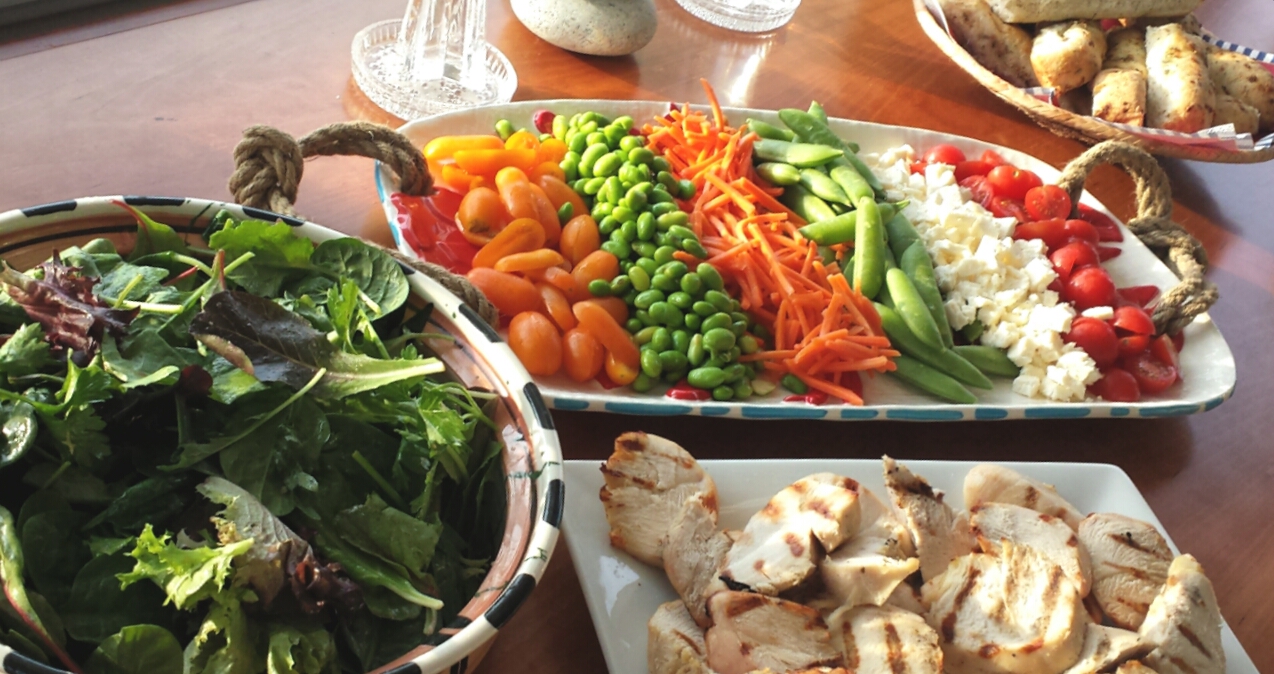
What makes a successful relationship? Whittling down the answer to this question to the essentials leaves a simple formula.
A healthy relationship:
In other words, when I prioritize a relationship I put aside time for it and plan for it. I feel nourished by it and feel like I have something to offer at the same time. When I cultivate a relationship, I take time to learn about the person and allow for growth and change.
In contrast, an unhealthy relationship might feel rushed, fit in between other things, easily distracted during interactions by texts, calls, work, or t.v, etc. I might go so far as to label it “bad” when I talk about it, or feel I have to justify it, not be completely honest about it, or see there is no substance to it.
The same is true with our relationship with food.
There are many strategies for building healthy habits for eating well and supporting good nutrition. Some people have success with 3 meals a day, some with 5 smaller meals. Some people count macro nutrients. Some count on protein shakes. There’s intermittent fasting, intuitive eating, (my favorite), meal prep, recipe apps, food journaling, and more. Any, none, and all have worked for me at various times in my life. Recently I went through a very stressful time, and I could feel my eating habits changing. I found that I wasn’t able to pull a strategy from my tool box to help me. Day after day went by and I’d start over finding myself ending at a place I didn’t like. I’d forgive myself and try again, but I was getting discouraged. What I realized through that process was that it wasn’t about the food, the habits, the 3 meals, or the high protein. It was about my relationship with food that was having the most impact on whether or not I was successful executing my healthy eating habits.
The best way for me to reset my habits was to do what I would do to improve any relationship.
By taking inventory of my relationship with food this way, I am actually addressing the root of many food habit issues.
What does a healthy relationship look like for you?
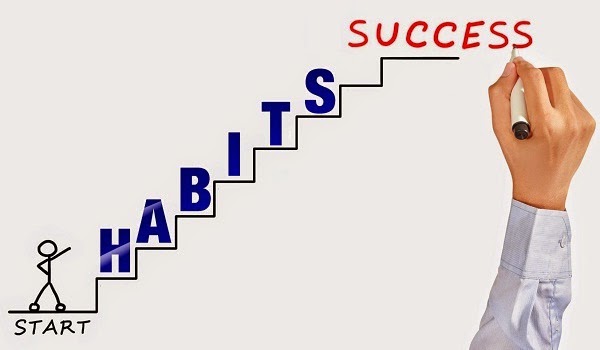
The Ketogenic Diet, Carb Cycling, and Intermittent fasting all will work if you can stick to them…
However, for the every day person who works a full time job, has kids, and a laundry list of other things keeping them busy… it’s very hard to sustain such diets for a long period of time.
That goes completely against the #1 Rule when it comes to making progress in anything.
Consistency.
What we do here at Hybrid Fitness is different than these diets – in fact, we don’t even consider what we do a diet. The “method” that produces the most fat loss results is developing simple (yet effective) habits. The reason being – they don’t overwhelm you and you can do them forever without burnout.
If, over time, you can consistently apply the following 4 habits to your everyday life, you will not only have more energy, become stronger and feel better, you will drop fat and fit better in your clothes. Imagine how the extra energy and confidence from making positive progress in your health could impact your life!
Habit #1: Exercise 20 Minutes a day
By just adding an additional 20 minutes of steady exercise a day, you will get an energy boost, burn some extra calories, and feel good that you moved a little bit during your busy day. Make sure your heart rate elevates above where it normally is, and over time, you will realize that the 20 minutes turns into 40 minutes without even trying via the snowball effect.
Instead of forcing yourself to walk or hop on the elliptical, you will eventually not want to stop.
Keep this goal at 20 minutes. If you increase it to 60 minutes – that’s harder to achieve, and you’ll beat yourself up if you only are able to exercise 30 minutes. Just do 20 minutes a day and your body AND mind will be in a good place. On the days you do over 20 minutes – you did extra. You are awesome!
Our members here will do our strength training workouts three days a week for 60 minutes, and on their off days do their 20 minutes of exercise. If you’re just starting with exercise, don’t worry about the strength training if you’re going in on your own (although I highly recommend doing this at some point). Just build the habit of exercising!
If you would like some more guidance on adding in strength training and burning fat – setup a free goal setting session with us at our gyms website: http://hybridfitnessgym.com
Habit #2: Eat Until 80% Full
Eating until 80% full is a little bit more subjective, but here’s how you can tell when you’re at 80%.
After you eat your meal, you feel life you could still do some exercise without wanting to puke. You feel good, NOT lethargic.
You know you passed 80% when you get the Chinese buffet effect aka want to take a nap!
80% full should last you about 3-4 hours of being satisfied before you get really hungry again.
If you get hungry within an hour or two, you should probably increase the amount you are eating in the meal.
Habit #3: Eat 3 Meals a day
Eating consistently throughout the day will help keep your hunger levels down, preventing binges of chips and chocolate later in the day. Spread the meals out as needed or as fits to your lifestyle – however, about 4 hours in between each meal works pretty well. You can also add a forth meal in if you feel hungry towards the end of the day.
I find that most people who have been trying to lose fat for many years actually under eat, so eating 3 meals a day can seem like a lot. Having lower calorie intake over long periods can drop your body’s metabolism and will drop your energy levels. As you eat more food and add in exercise to your daily routine, your appetite will improve, you’ll start to build some strength, and your energy will increase.
For Women, I recommend eating a palm of protein (25g) , a fist of veggies, a cupped hand of fruit or carbohydrates (25g), and a thumb or a tbsp. of fat (15g) each meal.
For Men, I recommend 2 palms of protein (50g), a fist to 2 fists of veggies, 2 cupped hands of carbohydrates or fruit (50g), and 2 thumbs or tbsps. of fat (30g) each meal.
This is a good starting point, and adjustments can be made from there.
Habit #4: Drink More Water than You Are Now
Most of us don’t drink enough water. The optimal amount is somewhere around half our body weight in ounces (unless you are extremely obese). At that point, I would max your water intake at about a gallon a day. So if you weigh 180lbs, about 90oz of water would be optimal. However, if you are only drinking a bottle or two of water a day, jumping up to half your body weight in ounces can be very overwhelming. I suggest just adding an additional cup a day. Once you master that, you can add an additional cup until you work your way up to the optimal amount.
Summary
If you are able to do these 4 habits about 85% of the time:
You will see amazing results – and you won’t feel overwhelmed. On top of that, these four habits are something you can keep with you for the rest of your life.
If you’d like some help tracking your habits so you can make progress, or would like some custom habits made for you based off of your individual situation, you can sign up for a free goal setting session at our gym! Just go to http://hybridfitnessgym.com and fill out the form on the page!

One of my favorite go-to meals is a super smoothie, loaded with leafy greens and protein. It’s light but filling and packed with micro and macro nutrients. Not only is the taste super, but it is super good for me! I often ask though, “Can too much of a good thing be too much?” Usually after five days of eating a batch of raw spinach that chalky grit across my teeth makes me feel less excited about another helping of calcium oxalate and has me reaching for the kale. While the antioxidants and calcium are what I came for here at the bushel of spinach, rotating the greens seems like a great idea. Kale gets a turn on the menu, and maybe dandelion greens for a week, bok choy, chard and arugula to finish out the month. So with all the options out there, why risk eating too much of a good thing?
How much might be too much? I think once you start stacking bunches and bags of spinach leaves like cord wood, that might be a good time to turn over a new leaf. There is not an upper-level limit of these awesome vitamin rich foods (as long as there is no underlying health issue), but rather a general suggestion of listening to your body and paying attention to the cues it gives you about what feels good and what it needs.
Spinach is by far the easiest to blend into a smoothie with its mild flavor and relative ease of digestion. Other greens might be best on their own or in a salad, but they can be blended too. So whether your greens are on your plate or in your glass, variety keeps you coming back for more. I find the greens rotation a healthy balanced approach to my super smoothie meals. I get a variety or micronutrients (vitamins and minerals); I don’t burn out on one flavor; and I reduce the risk of developing an allergy, intolerance, or health issue from over-consumption. I know lots of us are on this same smoothie kick. What is your favorite super smoothie recipe?

There’s nothing more motivating and exciting then when you work really hard at something, and see all of that hard work pay off.
Unfortunately, it doesn’t always go that way.
Hours of hard work (doing something that you may not even like to do) and not getting the result you wanted can be heartbreaking.
Instead of getting more motivated by your progress you had hoped to get, you feel like you’ve been spending your time, money, and energy staying the same or going backwards.
If this is happening to you, don’t worry… you are not stuck!
You have got to believe that there is always a way. And there is a way for you. But before we know which way to go, you’re going to need to ask yourself a few questions.
1. Am I doing everything I should be doing?
There is a difference between committing to something half way, and committing to something fully. For Fat Loss, there are a lot of people who start working out, but don’t make any nutrition changes. This will normally lead to some progress, but not nearly as quickly as you’d expect.
If this is you, COMMIT to making some small changes in your nutrition. It could be eating 3 meals a day, eating protein at each meal, or drinking half your body weight in OZ of water each day. Whatever it is, commit a little bit farther, and the results will start to come.
2. Am I consistent with what I am doing?
If you’ve been making changes in your nutrition, but aren’t consistent, you’re going to see some progress for a while. But once your body gets used to those new changes that you do every now and then, that progress will start to fade.
You NEED to get more consistent if you want to see more progress. If you focus on hitting your goals (3 meals a day, drinking half your body weight in water in OZ each day) about 90% of time, that is as consistent as you need to be.
3. YES, I’m doing the right things and I’m Consistent, But I’m Still Stuck and Not Seeing Progress. What Now?
If you have been doing the right things and been consistent about it, then you’ve probably seen a ton of progress over the past year. However, at one point or another, what got you your current results won’t get that last 20% of the results you’re looking for. You need to switch it up. If this is you, we are creating program specifically for you.
It will take whatever goal you have (Fat loss, muscle gain, etc) and help you REIGNITE your progress.
That’s why we call it just that “REIGNITE”.
It’s going to show you techniques that you can add into your current workout plan to help you get stronger.
It’s going to show you add ons to your nutrition that will help you burn fat more efficiently.
And it’s going to show you how to track that progress, without focusing on the scale.
It’s over 40% Off if you preorder it before Sunday Night… we’ll be releasing it July 24th!
PREORDER REIGIGNITE <<< 41% Off!
If you haven’t plateaued yet, and find that you either aren’t doing the right things, or aren’t consistent, our IGNITE program is also in the works. It will give you everything you need to know about burning fat and getting stronger for beginners.
I hope you have a great weekend, and I’ll be in touch!
Hunter G.

It is officially sailing season, and Tom and I had our first overnight cruise this weekend. There was a chill in the air, and we had our anchorage all to ourselves. Provisioning for a cruise is always fun and the menu is always delicious. Galley cooking has its challenges, but if I am well prepared, meals are both a culinary and nutrition success. Memorial Day weekend is also the official kickoff for backyard bbqs, potluck picnics, and celebratory cookouts. It’s a fun and festive season. Who doesn’t love to see the recipes from Pinterest debut on the new patio table? But for those of us working on a new nutrition plan and wellness routine, these events can take us from fire pit to pit fall in 60 seconds or less. A simple occasion can now be fraught with emotions ranging from anxiety to despair as we try to make good choices while being polite or enjoy a small indulgence without being buried by guilt. The good news is many of this can be navigated safely with a few simple strategies and by being prepared.
Preparing for a bbq, picnic, or cookout can be narrowed down to a few simple dos and don’ts.
If you are going to a potluck, bring a healthy dish you can eat. If it is a new kind of food for your crowd, have a few pointers about why this is something you’ve added to your repertoire and share these with nutrition-curious guests. Chances are you’re not the only one skipping the slaw and others will be glad for the alternative.
Don’t show up famished. It is much harder to make healthy choices at the buffet when you are over-hungry. Sometimes we institute our own fasting / reward rule – skipping lunch to overeat at dinner- this is not a recipe for success. Treat the meal at the party like any other meal on any other day. Stick to your portions and food group balance.
The devil is in the details. Your average meal and calorie intake hovers around a certain amount. The peripheral foods can add up to just as many calories- the handful of chips, grandma’s ambrosia salad, the ranch dip (even though you’re eating veggies with it), and all those cute little dishes of bite-sized yumminess perching on the side tables. Be mindful of those small bites as you work your way to the game of corn hole.
At the same time, don’t completely deprive yourself of a little splurge. No one should be the martyr in the corner with a rice cracker plate. This only builds resentment and a feeling of missing out. That’s not healthy either. You get to be empowered here. Choose something, if you feel like it, that you can’t get just anywhere, like your friend’s cheese dip she only makes once a year, and maybe skip the deli potato salad that you can have anytime.
And finally remember why you’re here. These parties are to gather with friends and family. While food is a big part of the event, it is not the only focus of the event. Enjoy yourself, enjoy your summer, and celebrate.
Simple dos and don’ts of the backyard BBQ for nutrition success:
DO- Bring something healthy that you love.
DON’T – Overeat because you are over hungry
DO – Watch the peripheral grazing
DON’T – Deprive yourself
DO – Enjoy your friends and family
How will you prepare for your next event?
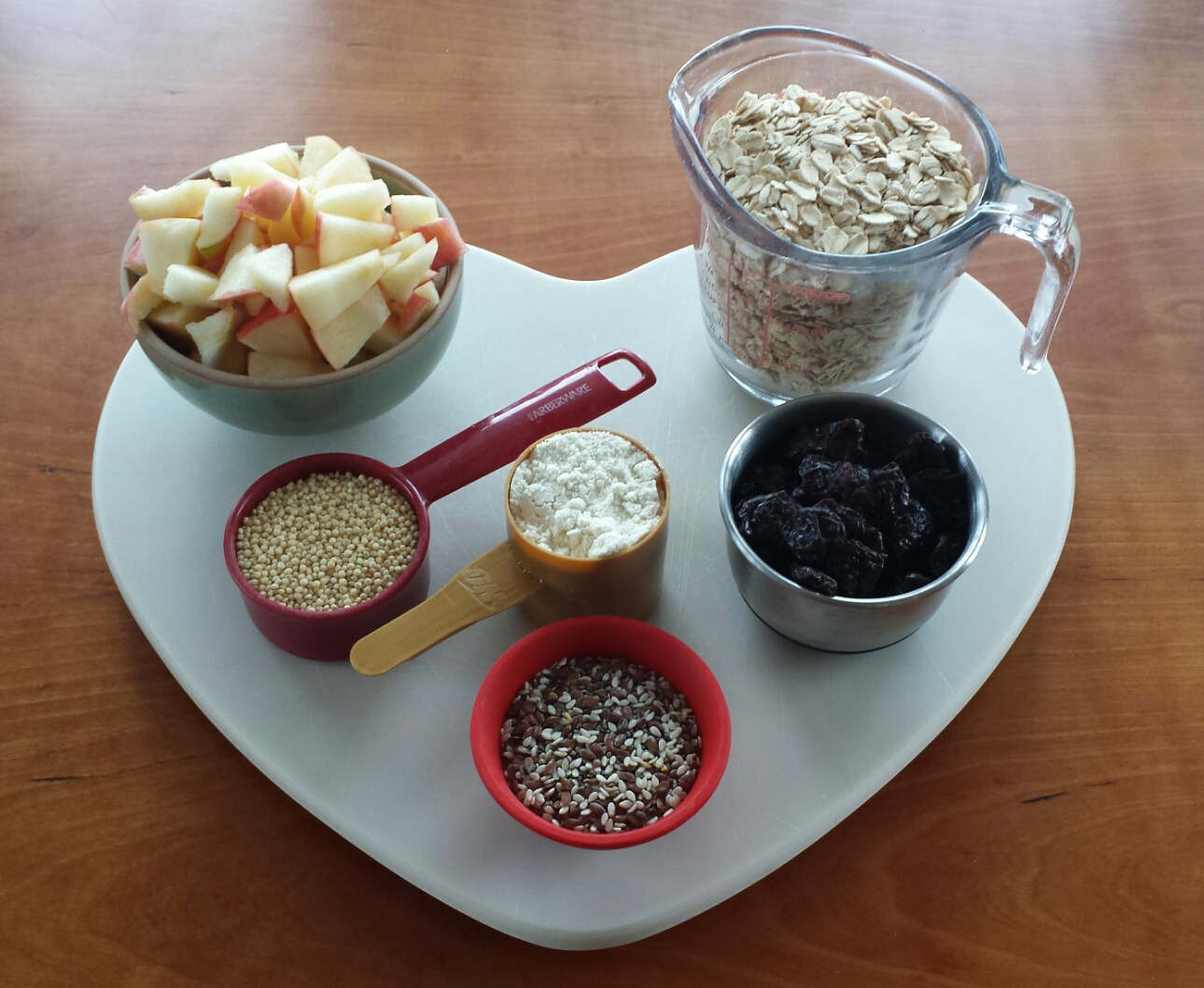
Years ago while traveling in New York with a colleague, I had the most unusual conversation over lunch. If you have ever been to New York, you know the endless dining options around any corner. We had found a great restaurant the day before but with the world at our fingertips, I suggested we try some place new. “Why would I want to do that?” my co-worker replied. “Yesterday was amazing. Why risk it?” Our perspectives were completely different; where novelty and diversity might have been on my radar, nourishment was on his. I conceded without issue, and passing up dozens of options on our four block walk, we sat down to a lovely, yet predictable, lunch. I pressed him on this. “How is it that one of the smartest people I know is not interested in discovering new cuisine or seeking a novel experience?” His answer astonished me. “Dorrie, when I was younger I realized there are three things I plan to do every day for the rest of my life. I plan to do each one of those well, and this will greatly contribute to the quality of my life.” Given the context of the conversation, I knew eating was among the list, and sleep is a pretty obvious daily occurrence. What was the third thing he plans to do every day for the rest of his life? I wondered. It wasn’t really an appropriate table topic, but the big reveal…Poo! We departed from that conversation as our salads were served, but I have thought about it ever since. I know what you are thinking, “Is she really going there, right now?” Yes and no. I’m actually going to leave that part of the conversation right there, but highlight a few things I have learned relative to digestion, gut health, and quality of life.
Being mindful of how and what we eat contributes to our quality of life and the things we want to do each day. Good nourishment starts with quality ingredients. How they interact in our digestive systems contributes to absorbing those nutrients, and a well-functioning gut keeps things flowing in the right direction.
Here are my five tips for a healthy digestive system and improved quality of life:
I never know where lifelong wisdom is going to show up, and that conversation at lunch years ago was a great surprise. Before I pull an all-nighter, I remember my quality of life is affected by the quality of my sleep. While I still prefer to try new restaurants and cuisine, I am mindful to seek nutrient dense food that tastes good and is prepared well. With those two things on the list in place, EVERYTHING else usually goes pretty smoothly.